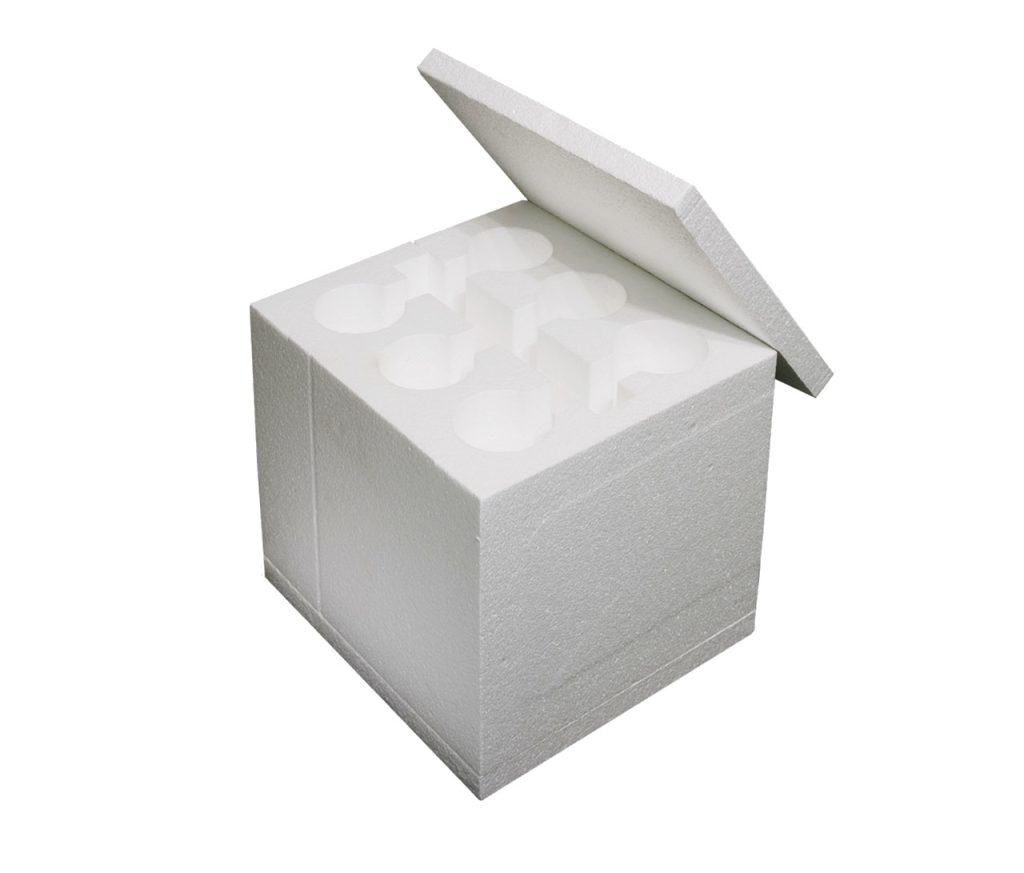
EPS foam, or Expandable Polystyrene, is a type of plastic product derived from by-products of petroleum production. It comes in the form of plastic resin beads. When mixed with a blowing agent, pentane gas (a naturally occurring carbon compound that does not use CFCs harmful to the ozone layer) and subjected to steam heat, it forms white EPS foam beads that expand about 50 times in size. These beads have a closed-cell structure, and after expansion, air replaces up to 98% of their volume, with only 2% being plastic material. This is why EPS foam is large but lightweight. It can then be shaped into foam blocks and molded into various forms.
Properties of EPS Foam
- Lightweight but capable of supporting weight
- Low thermal conductivity, making it an excellent thermal insulator
- Soundproofing capabilities
- Water resistance
- Easy to cut or shape
- Long lifespan
- Flexible and good at absorbing impact
Due to these properties, EPS foam is widely used in various applications, such as building construction, energy-efficient housing, road and bridge construction, floating houses, thermal insulation, packaging, lost foam casting, art projects, and many more, depending on the specific requirements of each use.
Types of EPS Foam
There are two types of EPS foam: flammable (P-Grade) and flame-retardant (F-Grade).
- Flammable (P-Grade): This is a regular grade foam that ignites and spreads flames quickly. It is suitable for general applications that are not related to construction.
- Flame-Retardant (F-Grade): This type of foam contains flame retardant additives, meaning it can still catch fire but does not spread flames as rapidly as the flammable type. When the flame source is removed, the fire on the foam will self-extinguish within 10 seconds. It is suitable for construction or applications that require reduced fire risk.
Grades of EPS Foam
The grade of EPS foam is determined by its density, calculated as weight ÷ volume (D=). Different applications require different foam densities, with higher-density foam being stronger.
The standard density commonly used is 1 pound per cubic foot (lb/ft3) or 16 kilograms per cubic meter (kg/m3).
Note: The units commonly used for foam density are pounds per cubic foot (lb/ft3) or kilograms per cubic meter (kg/m3), where 1 lb/ft3 = 16 kg/m3.
